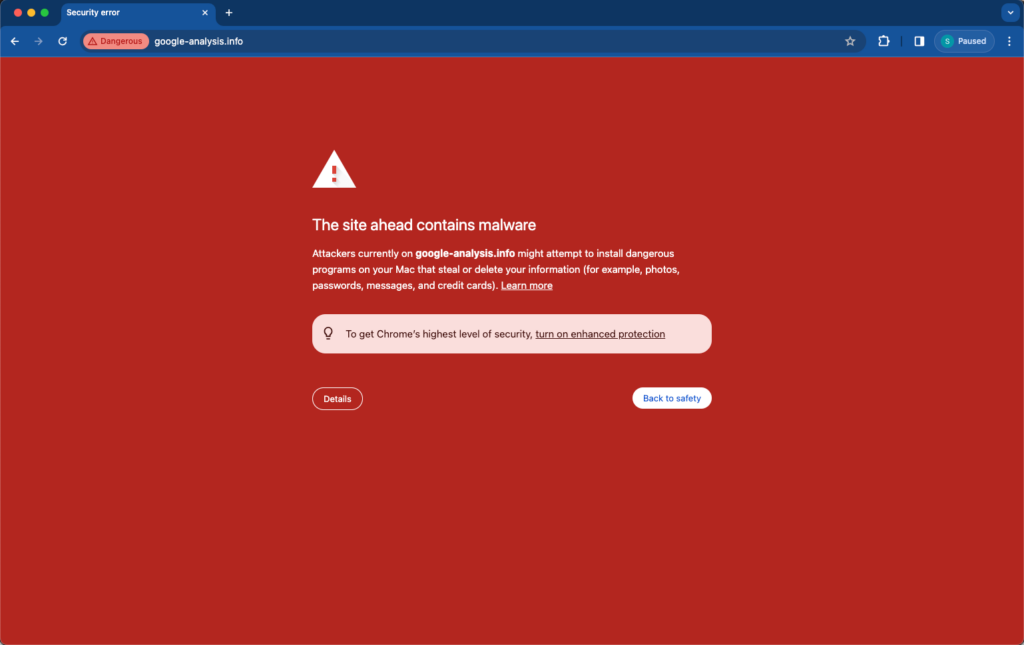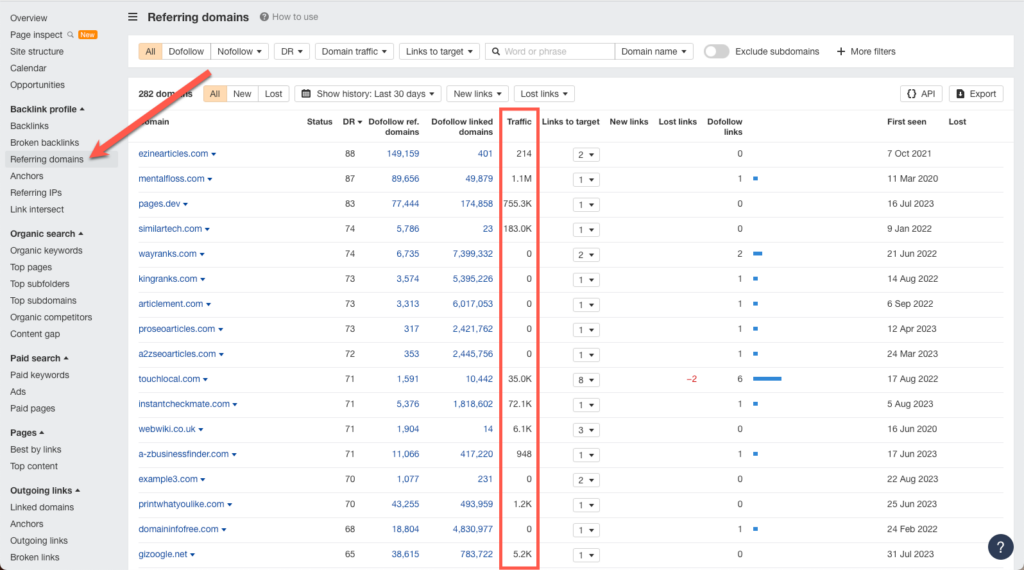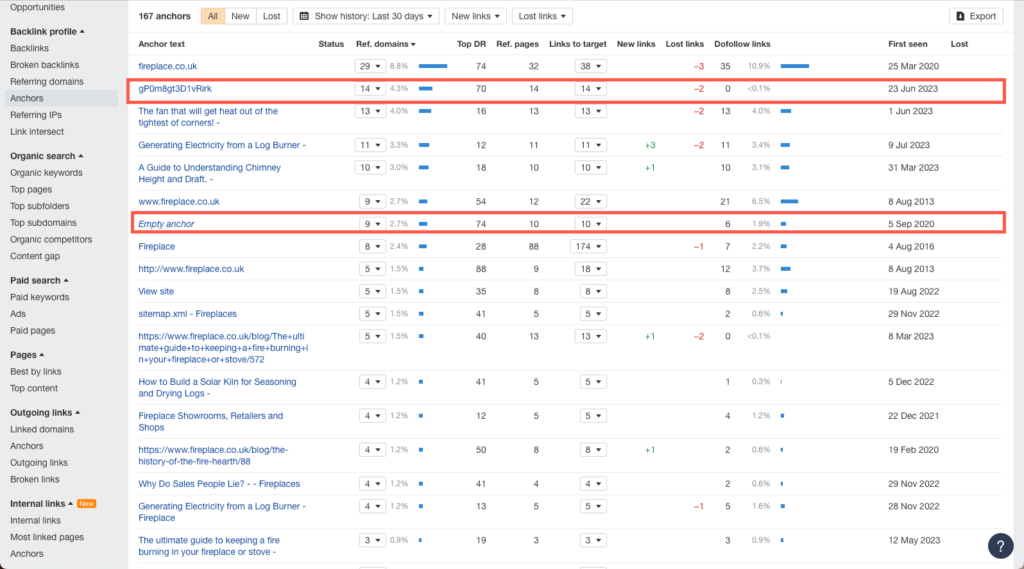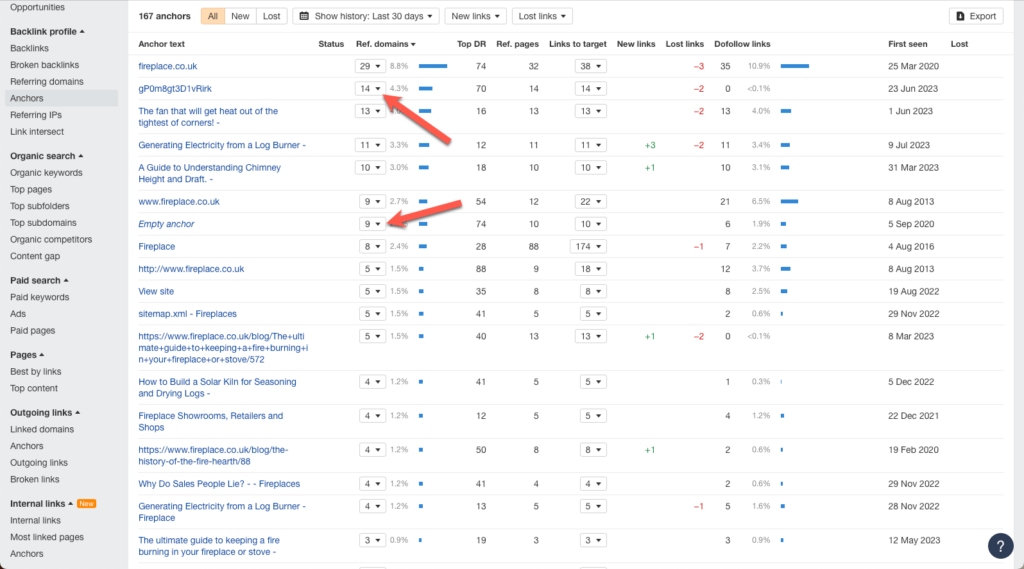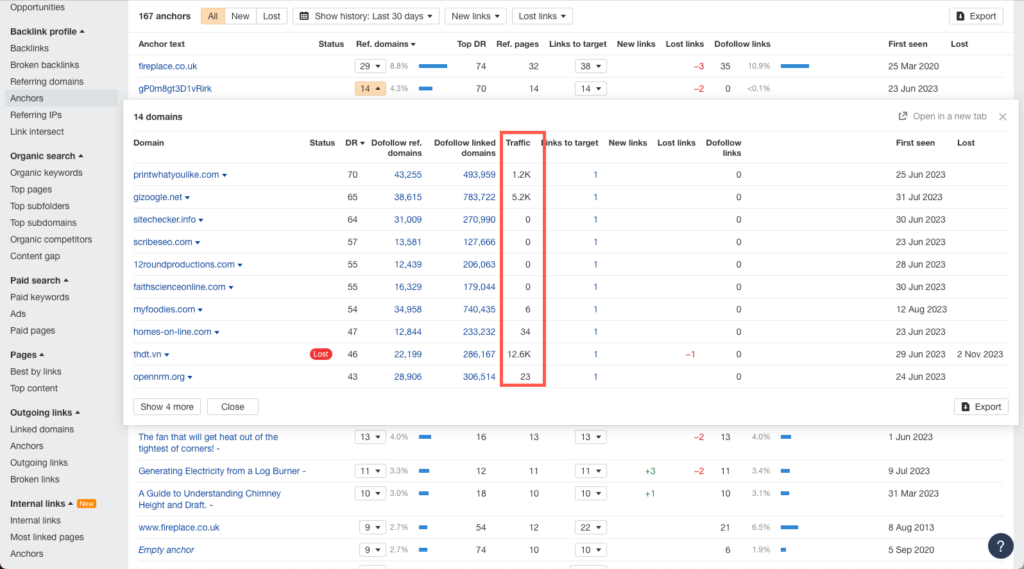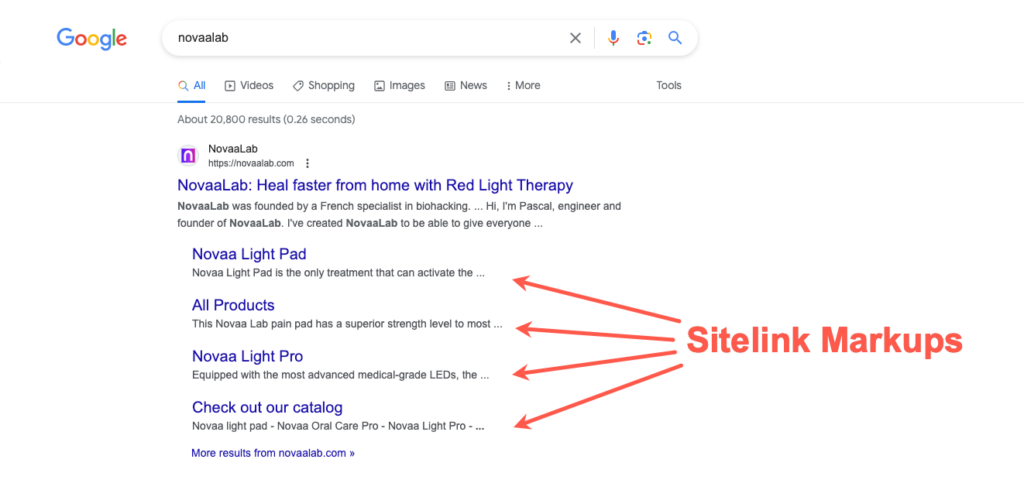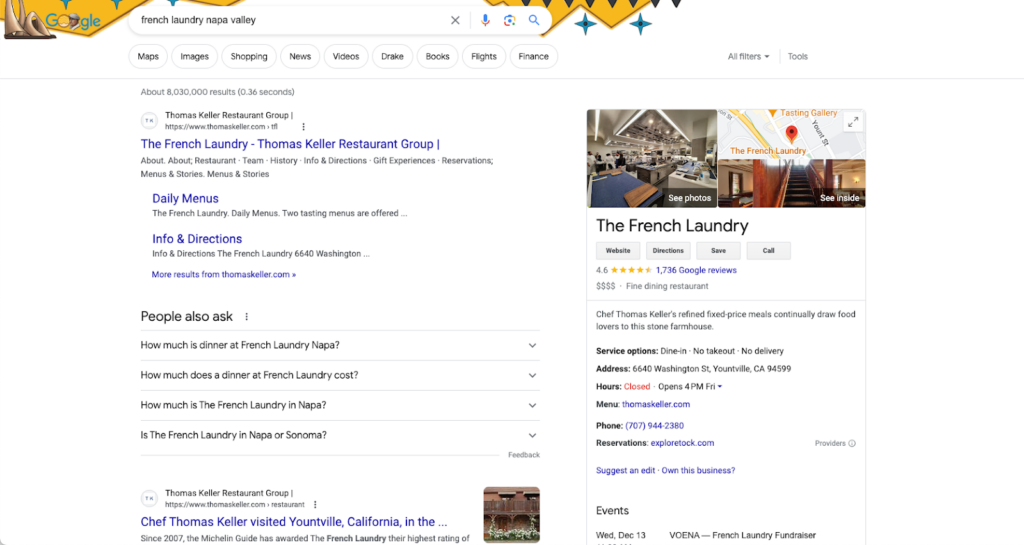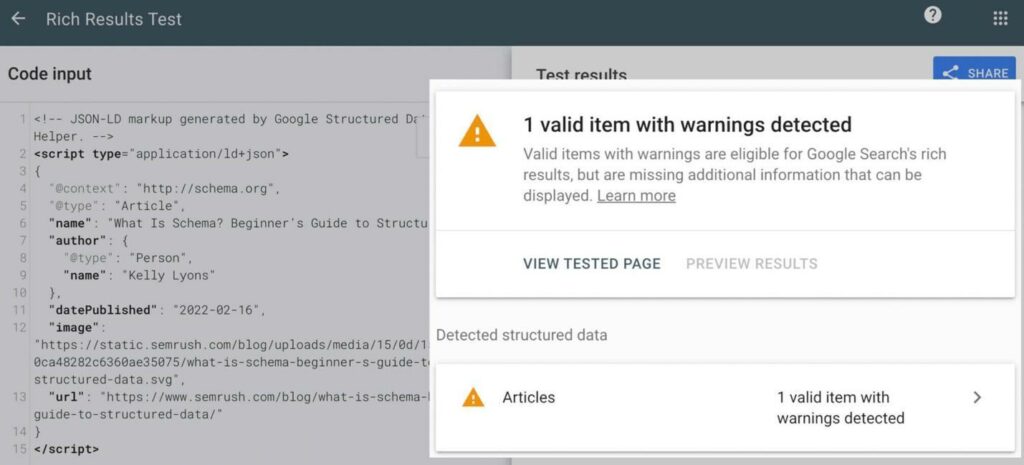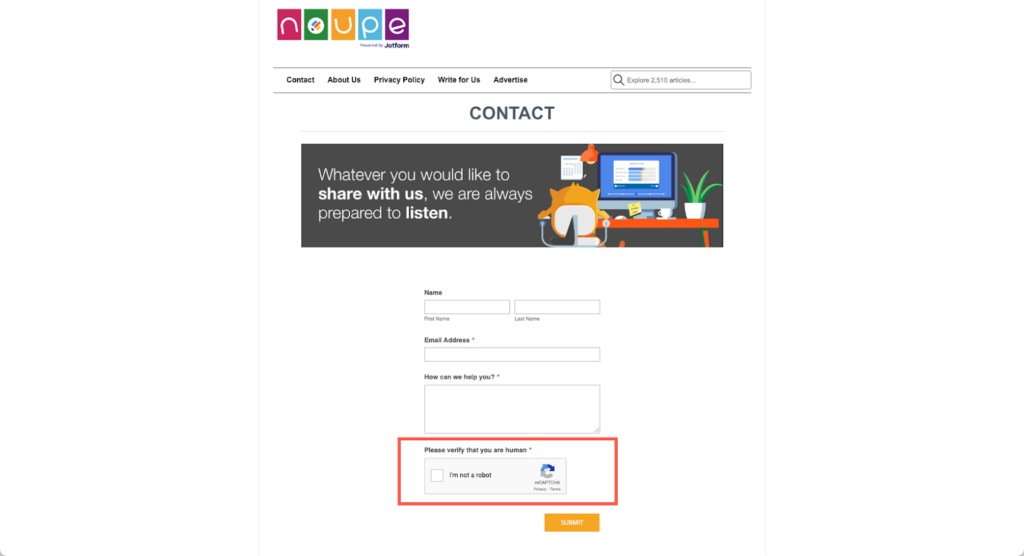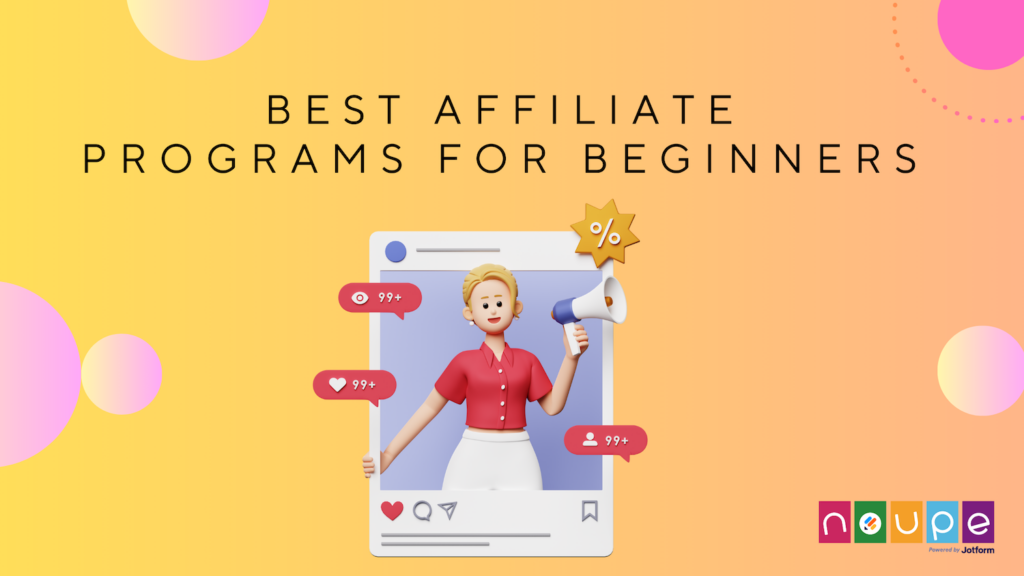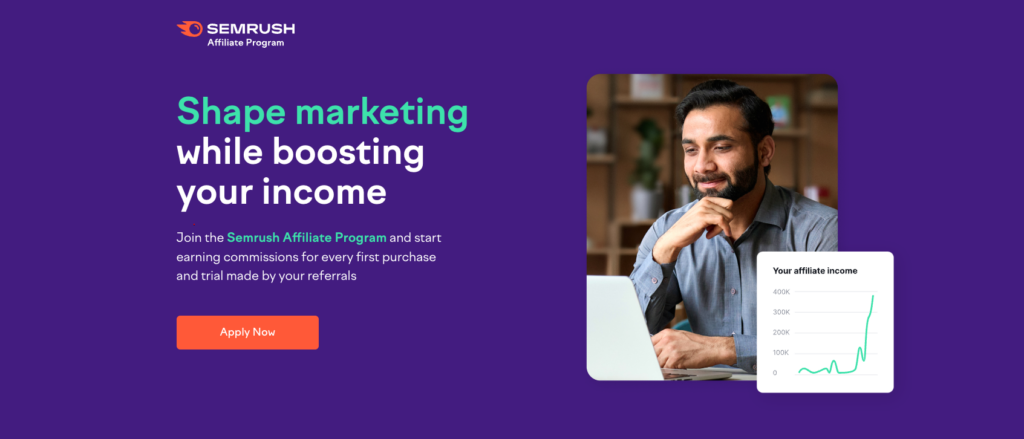
In web design, colors are more than eye candy. They shape your feelings, guide your attention, and even tell a brand’s story. Have you ever noticed that 85% of online shoppers pick products based on color? It’s not about looks; it’s about making their online experience memorable. Think of them as the mood-setters and storytellers in the digital world.?
Imagine you have a toolbox with ten easy tricks to pick the perfect colors for your website. These hacks, from understanding feelings behind colors to following trends, are here to make your digital design good-looking but also exciting and memorable. Let’s make your site pop with personality!
Exploring Web Design
Effective web design creates positive first impressions, ensuring seamless navigation. It establishes a consistent brand identity. It adapts to various devices and optimizes loading speed for user satisfaction and search engine visibility. This professional edge sets the website apart, impacting conversions and integrating analytics for insights. It connects with social media, extending content reach. While providing a competitive edge, the upfront investment in professional design proves cost-effective, ensuring long-term success and minimal maintenance needs.
Let’s use our knowledge of color in digital design. Complementary colors can jazz up buttons; analogous colors create a smooth, connected feel. It’s like choosing the right ingredients for a tasty recipe. Using colors to guide your visitors and make your website a treat for the eyes. Complementary colors, like pieces fit perfectly and bring excitement. Analogous colors, the neighbors on the color wheel, create a chill and coordinated vibe. It’s like learning the ABCs of colors to make your designs sing.
- UI UX Design
The dynamic duo known as UI UX design comprises two essential components. UI (User Interface) ensures your website looks fantastic, while UX (User Experience) ensures visitors have a blast exploring it. Think of them as your website’s best buddies, working together to keep things cool and accessible. It’s a smart move for a website people love using again and again.
- Understanding Color Psychology
Colors on websites are like emotions in a movie—they make you feel things. Warm colors like red can excite you, while cool colors like blue bring a calm vibe. It’s like choosing the right mood for your website visitors. Think of color psychology as your website’s mood magic—it helps you pick colors that speak to people in a way they understand and enjoy.
- Contrast Techniques
Think of contrast in web design, like making essential things bold and exciting. It makes your website look cool. Imagine dark text on a light background—like magic for your eyes. Using vibrant colors next to each other is another trick to catch attention. The contrast makes everything unforgettable.
- Utilizing Color Wheel Tools
Color wheel tools are the go-to magic for web designers. They unlock a world of inspiration and simplify the color selection process. From the trusted Adobe Color Wheel to the interactive features of Colors, these online tools introduce creative exploration. Designers can experiment with different color schemes, preview their combinations, and receive color theory-based suggestions, making choosing colors an efficient and enjoyable journey.
- Extracting Colors from Nature
Nature is like a secret color guide for web designers. It’s about grabbing colors from sunsets, forests, or lakes and giving your designs fresh air. Imagine taking the magic colors you see in nature and using them in your creations. Nature-inspired palettes make your designs not only colorful but also refreshing.
- Cultural Influences on Color
Colors have stories in different parts of the world, like a particular language. Red might mean luck in one place, and blue could stand for trust in another. It’s like learning the incredible tales behind colors. Whether it’s the excitement of a festival in bright red or the calm vibes of blue, using colors that mean something to different cultures makes your designs like a friendly conversation. Everyone understands it, regardless of their location.
Graphic Design Hacks
Discovering cool tricks in graphic design can make creating stuff easier and look even better. Check out these favorite design hacks:
- Grid Power: Use grids for neat layouts and organized designs.
- Contrast Rule: Mix colors, sizes, or fonts for attention-grabbing designs.
- White Space Magic:?Keep designs clean and readable with some breathing room.
- Font Friends: Pair fonts that go well together for a polished look.
- Color Vibes: Pick colors based on feelings you want to share in your design.
- Brand Style: Stick to the same colors and logos for a recognizable look.
- Shortcut Savvy: Learn quick keyboard tricks to speed up your work.
- Mockup Preview: Show your designs in realistic mockups for a wow factor.
- Smart Editing: Use smart objects to change things without messing up.
- Gradient Fun: Play with gradients for incredible depth and style.
- Layout Balance: Try both balanced and playful layouts for different vibes.
- Image Speed-up: Make pictures load faster on the web without losing quality.
- Blend Mode Fun: Mix layers in different ways for cool effects.
- Personal Touch: Use special brushes or textures to make your designs unique.
Differences Between Web Design and UI/UX Design
| Aspect | Web Design | UI/UX Design |
| Scope | Broader skills for website creation | Focus on enhancing digital user interfaces |
| Visual Design | Aesthetics, layout, and look | UI elements like buttons, icons, and navigation |
| Responsibilities | Appearance and feel of the website | User journey, usability, and experience. |
| Tools | Adobe Photoshop, Sketch, Figma | Sketch, Figma, Adobe XD, InVision.? |
| Collaboration | Works with UI/UX designers. | Collaboration ensures cohesive design. |
Responsive Color Design
Colors can look different on your computer, phone, or tablet. It’s like they have a little adventure on each screen. Figuring out how colors play on other devices is essential. You want your design to look awesome everywhere! Now, the trick is to pick cool and vibrant colors no matter where someone sees your design—whether on a big computer screen or a tiny phone. It’s like a secret recipe for ensuring your colors always shine, and your design looks fantastic, no matter the device.?
- Experimenting with Shades and Tints
Think of colors like a big box of crayons. Adding shades (darker colors) and tints (lighter colors) is like using different shades of your favorite crayon to make your drawing more exciting. It’s about playing with the darker and lighter versions to make your picture pop. For example, using a darker blue for the background can make your words stand out, or adding more delicate tones of green can give a little extra flair. It’s like coloring with style, making your designs look cool and exciting.
- Staying Updated with Trends
Think of keeping up with color trends, like catching the cool vibes in design. It’s like having a design radar to know what colors are in style. Trendy colors are like adding stylish accessories to your favorite outfit. You want your designs to be fresh. But here’s the trick: blend in the right amount of trendy colors to keep things cool without losing that classic charm. It’s like having a style guide to ensure your designs look up-to-date and have a timeless touch that lasts.?
Conclusion
These ten color hacks within web design offer a gateway to a world of creative possibilities. From understanding harmonies to exploring emotional impacts and staying updated with trends, they provide a simple roadmap for designers to infuse their work with personal flair. Your unique color journey is the key to crafting designs that tell your story energetically and distinctly. So, let your imagination rise, experiment, and watch your designs come to life with a splash of your style.
Featured image by Dulcey Lima on Unsplash
The post 10 Color Inspiration Hacks Revealed by Web Design Experts appeared first on noupe.


